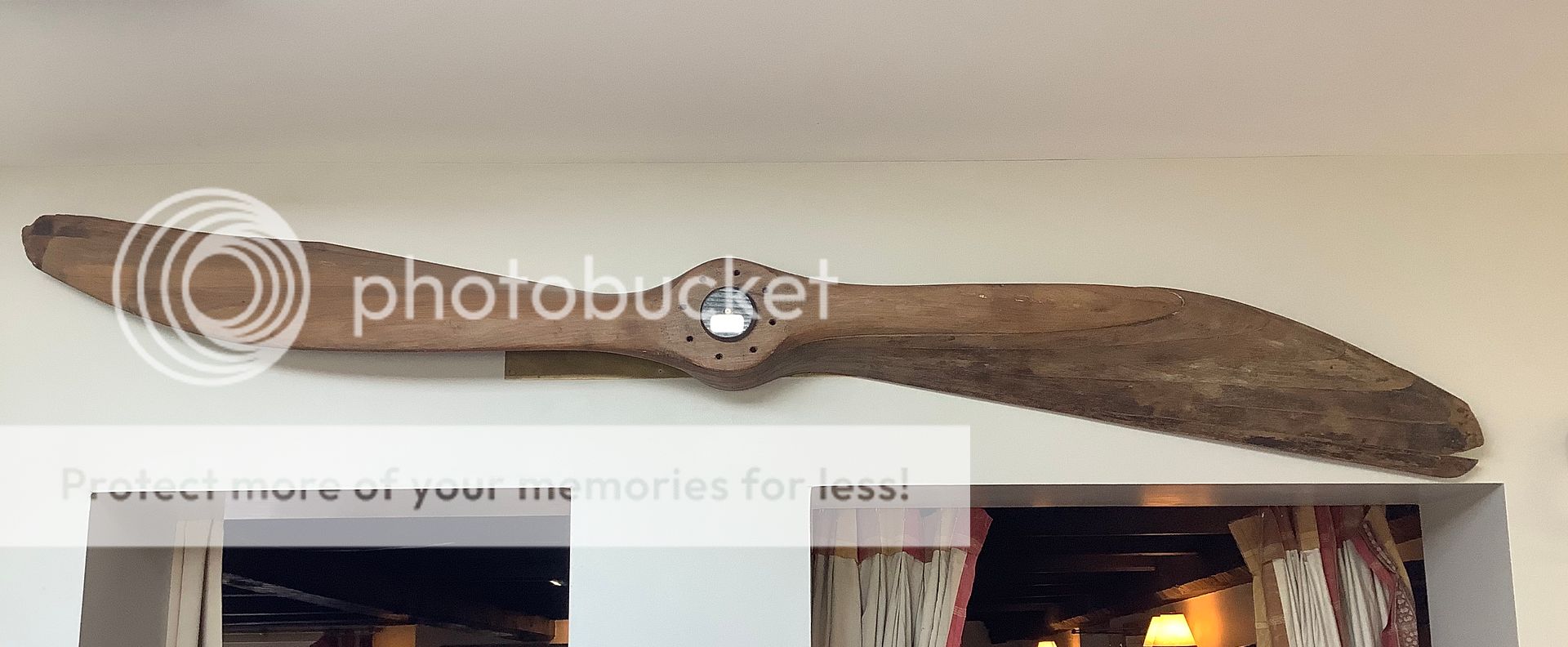Hi
I am trying to identify the origin of this Propeller:

It is believed to have come from an aircraft which crashed or forced landed near Ravenglass, in the English Lake District.
Diameter is approximately 7 feet, it has 8 bolt holes, 7 laminations and is stamped “RIGHT HAND” and “G 1270 N 41”.
Any information or suggestions regarding likely manufacturer or application would be much appreciated.
Andy
I am trying to identify the origin of this Propeller:

It is believed to have come from an aircraft which crashed or forced landed near Ravenglass, in the English Lake District.
Diameter is approximately 7 feet, it has 8 bolt holes, 7 laminations and is stamped “RIGHT HAND” and “G 1270 N 41”.
Any information or suggestions regarding likely manufacturer or application would be much appreciated.
Andy
Comment